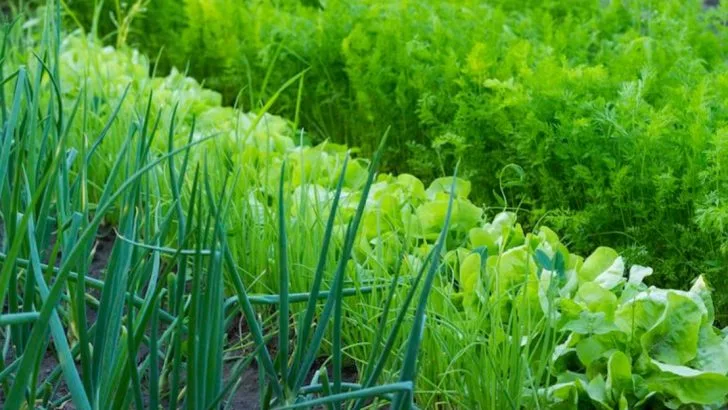Want a faster, fuller harvest without using extra space or chemicals? The secret may lie in companion planting — the age-old method of pairing certain vegetables to enhance growth, improve flavor, and even repel pests. Some plant combinations do more than just get along — they actually help each other grow faster and stronger.
In this article, we highlight 16 vegetable pairs that, when grown side by side, can lead to dramatically quicker yields and healthier plants. These dynamic duos work through root chemistry, shade sharing, and natural synergy that boosts productivity naturally.
Discover the plant partnerships that turn your garden into a cooperative powerhouse — and harvest in record time.
Tomatoes and Basil
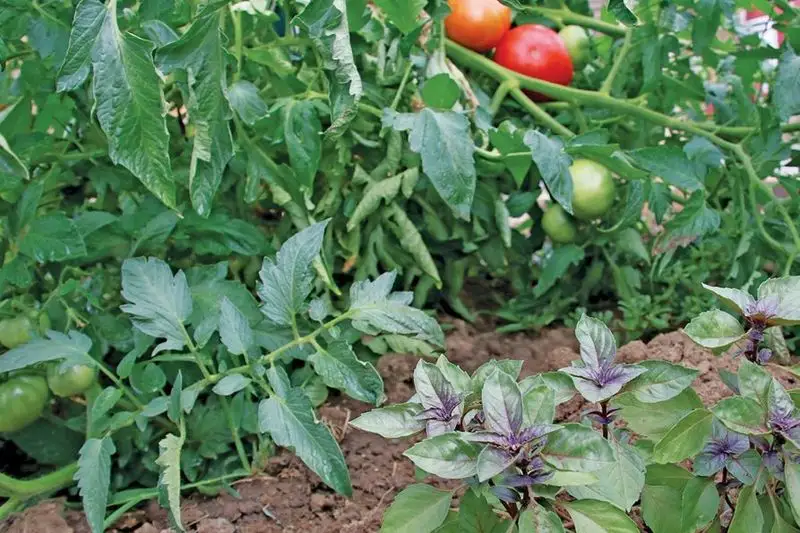
In the heart of every Italian dish lies the magical combination of tomatoes and basil. These two not only complement each other’s taste but also boost each other’s growth. One can often see them thriving together in gardens. They don’t just share the soil; they share a unique bond. While tomatoes provide shade, basil wards off unwanted insects. This partnership results in a healthier yield. Gardeners often swear by this pairing, noting the enhanced flavor in their harvest. It’s a timeless duo that continues to enchant both novice and experienced gardeners alike.
Carrots and Onions
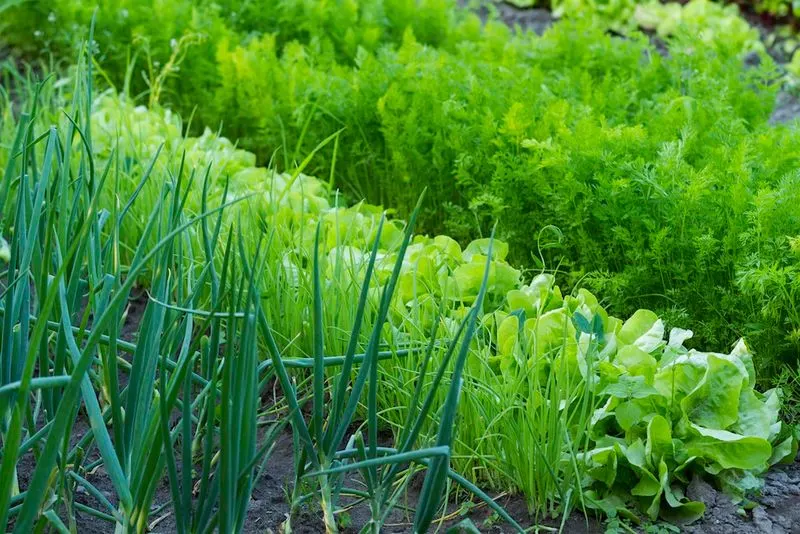
In gardens, the unlikely pairing of carrots and onions offers significant growth benefits. Each brings unique strengths to the soil, which aids the other’s development. Onions naturally repel some pests, offering carrots natural protection. This symbiotic relationship enhances growth and ensures a bountiful harvest. The aroma of onions helps deter carrot flies, a common pest. Gardeners often find a noticeable difference when these two are planted side by side, leading to a more productive garden. Experiencing this partnership firsthand can be quite rewarding for any gardener.
Cucumbers and Radishes
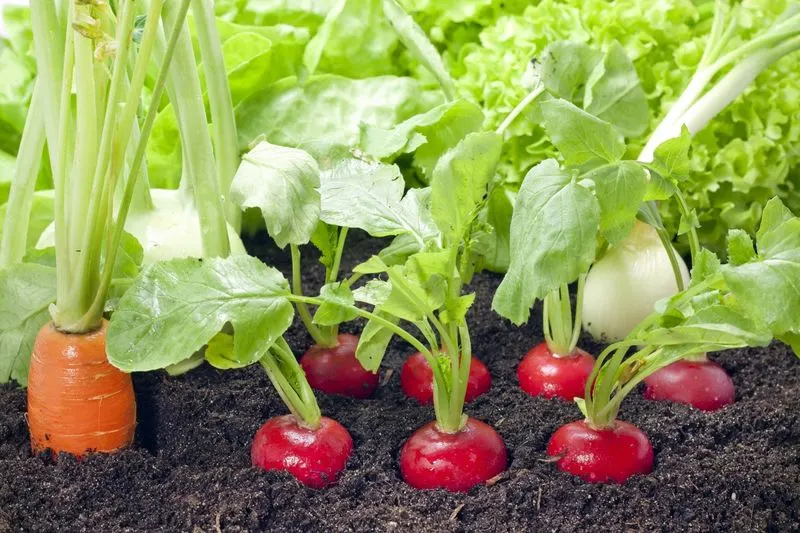
Cucumbers and radishes form a harmonious partnership in the garden. The radishes, with their quick growth, help break the soil, allowing cucumbers to establish their roots more effectively. This dynamic duo thrives best in sunlit areas, making them favorite choices for many gardeners. Radishes act as a sacrificial crop, often taking pest damage that might otherwise affect cucumbers. This symbiosis not only speeds up growth but also maximizes yield. Those who plant these together often find that their garden becomes a thriving hub of activity.
Lettuce and Carrots
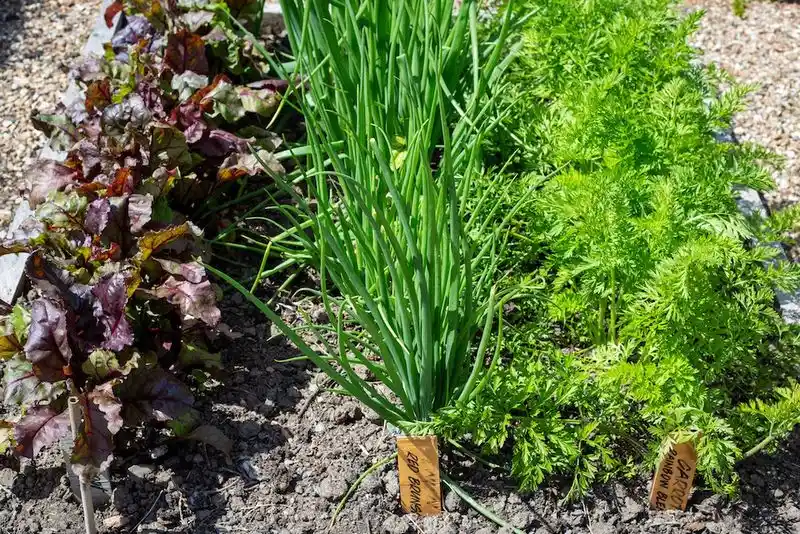
Lettuce and carrots, while different in many respects, find common ground when planted together. Lettuce provides natural shade, allowing carrot roots to remain cool and moist, fostering better growth. This pair benefits from each other’s presence, leading to healthier plants. The leafy greens of lettuce can also deter certain pests, offering protection to the delicate carrot tops. Many gardeners have noted that this combination not only saves space but also results in a more robust garden. It’s a match that showcases the beauty of cooperative growth.
Corn and Beans
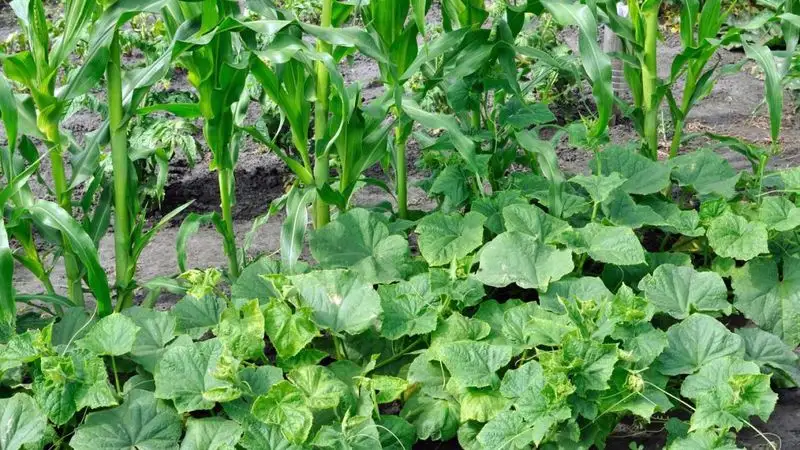
Corn and beans have been long-time companions, particularly in traditional Native American agriculture. Beans climb corn stalks, gaining height and support, which benefits both plants. As beans enrich the soil with nitrogen, corn gets the nutrients it needs. This historic pairing showcases nature’s wisdom and balance. Planting them together can lead to increased yields and healthier crops. This duo has stood the test of time, proving the effectiveness of collaborative growth in agriculture. Gardeners who adopt this method often see remarkable results in their harvest.
Cabbage and Dill
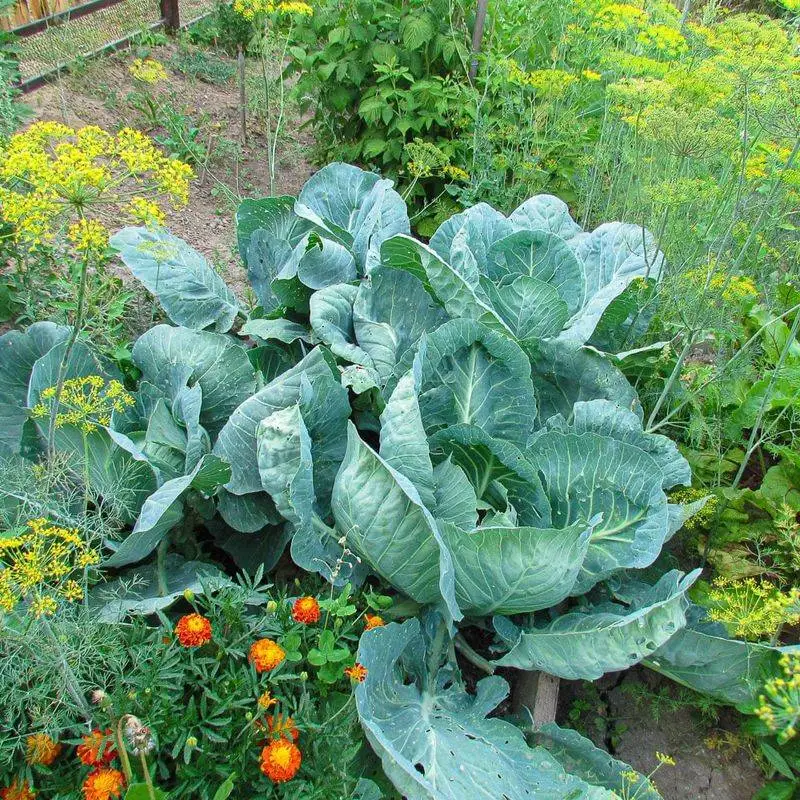
Cabbage and dill create a garden partnership that deters pests effectively. Dill attracts beneficial insects that prey on cabbage pests, offering natural protection. This relationship not only aids growth but also contributes to a safer garden environment. The fragrant dill might remind one of pickles, but its real magic is in the garden, helping cabbage thrive. Many gardeners have witnessed healthier and larger cabbage heads when dill is nearby. This symbiotic bond showcases how thoughtful pairings can lead to flourishing gardens.
Spinach and Radishes
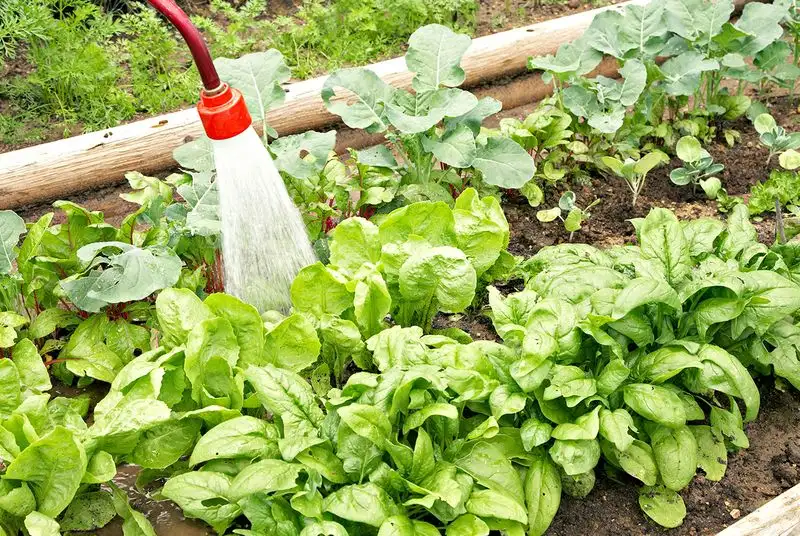
Spinach and radishes, both quick growers, complement each other beautifully in the garden. Radishes help break the soil, making it easier for spinach to establish its roots. They mature quickly, allowing spinach to take over as they are harvested. This timing ensures efficient use of space and resources. Many gardeners appreciate this pairing for its ability to provide continuous harvests. The fast-paced nature of these plants keeps the garden lively, offering fresh produce regularly. This cooperation in growth showcases nature’s brilliance in resource management.
Zucchini and Nasturtiums
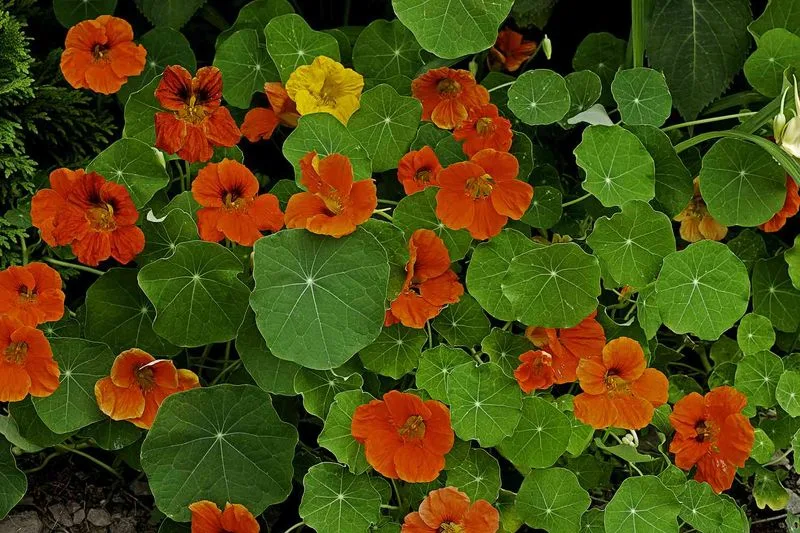
Zucchini and nasturtiums make a vibrant pair that brings a burst of color and life to any garden. While the zucchini plants sprawl, nasturtiums work to deter pests, protecting the tender vegetable. This relationship provides a natural defense system that benefits both plants. The bright flowers of nasturtiums attract beneficial insects, creating a balanced ecosystem. Gardeners often find a noticeable increase in zucchini yields when nasturtiums are present. This partnership is a testament to the power of protective companionship in gardening, ensuring both beauty and productivity.
Peas and Mint
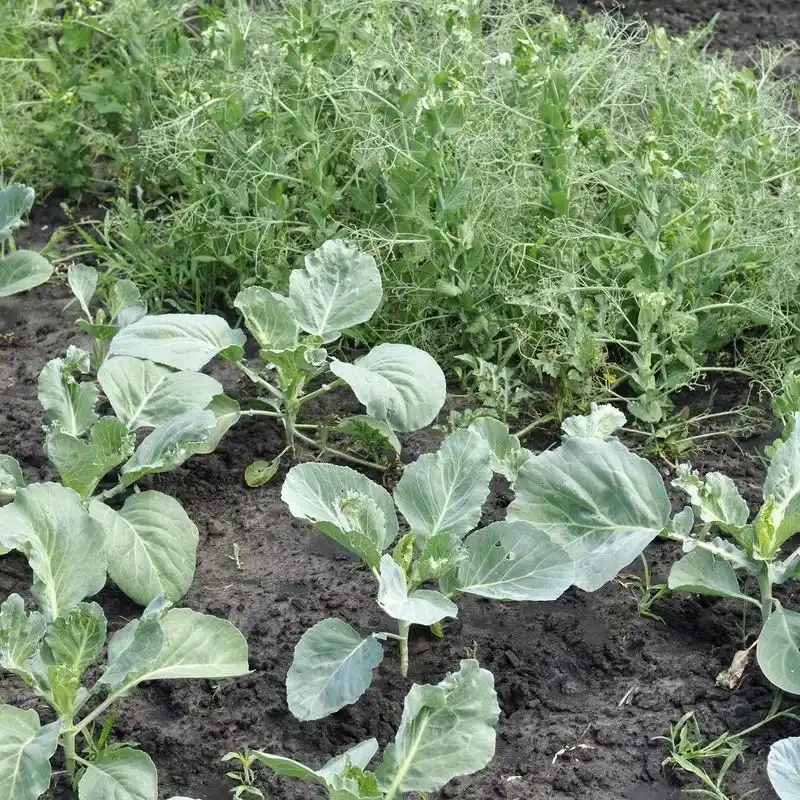
Peas and mint form an aromatic duo that benefits both plants. Mint repels pests that might otherwise harm peas, while peas fix nitrogen in the soil, enriching it for future growth. This partnership is appreciated for its ability to maintain balance in the garden. Mint’s strong fragrance is often enough to ward off unwanted visitors, protecting the delicate pea plants. Gardeners who combine these two often report healthier and more abundant pea harvests. This pairing highlights the importance of strategic plant placement in achieving optimum results.
Broccoli and Celery
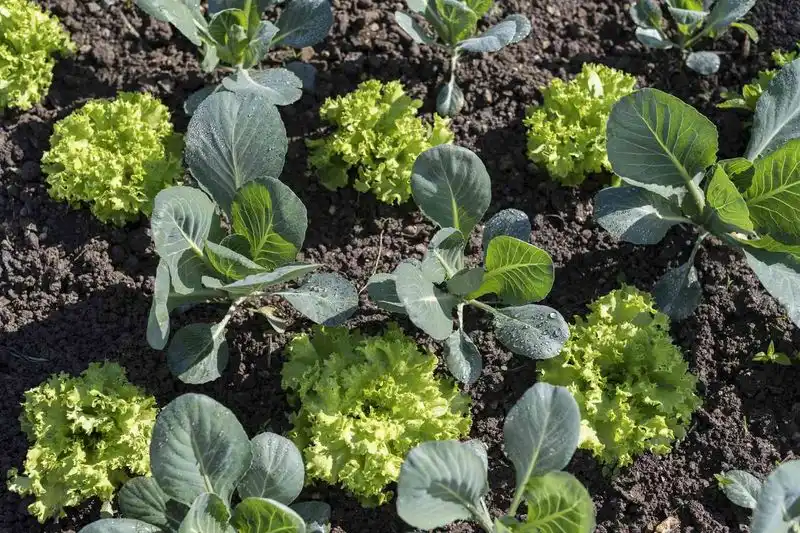
Broccoli and celery make a dynamic duo that thrives on mutual benefits. Celery’s strong aroma deters pests, offering natural protection for the broccoli. In return, broccoli provides shade, maintaining soil moisture for the celery. This relationship ensures both crops grow vigorously. Gardeners have noted that planting these together leads to fewer pest issues and healthier vegetables. The combination of these two showcases how strategic planting can lead to a thriving garden. This duo demonstrates the effectiveness of companion planting in achieving sustainable growth.
Pumpkins and Nasturtiums
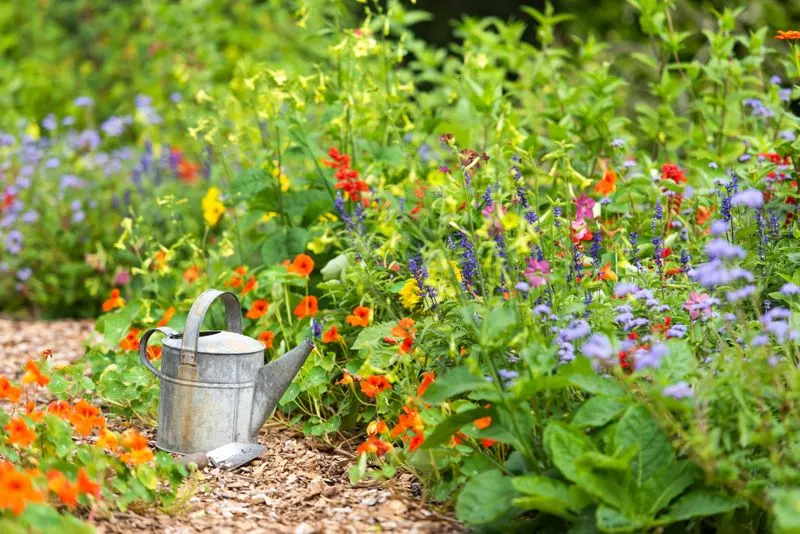
Pumpkins and nasturtiums, both sprawling plants, share a protective relationship in the garden. Nasturtiums act as a natural pest deterrent, safeguarding the pumpkins from potential harm. This vibrant combination not only adds beauty but also functionality to the garden. The bright nasturtium flowers attract beneficial insects, helping to maintain a balanced ecosystem. Gardeners frequently observe increased pumpkin yields when nasturtiums are present. This partnership exemplifies the power of nature to create harmonious and mutually beneficial relationships, resulting in healthier and more productive gardens.
Beets and Garlic
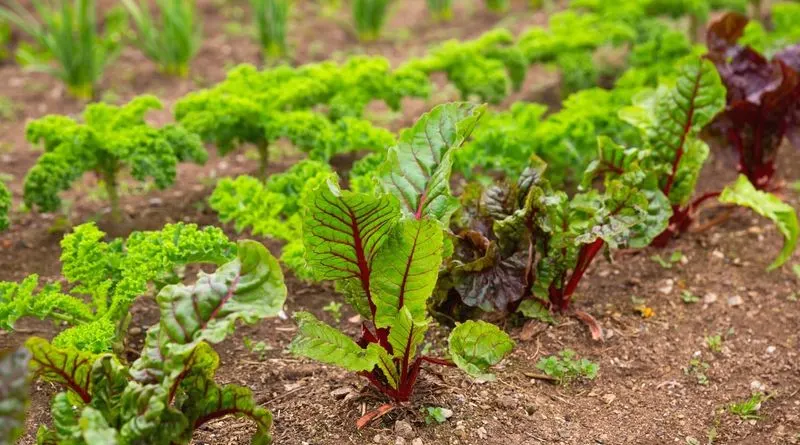
Beets and garlic, though different, make a powerful pair in the garden. Garlic’s natural pest-repelling properties offer beets protection, allowing them to grow vigorously. This earthy duo benefits from each other’s presence, resulting in healthier plants. The aroma of garlic deters many common garden pests, safeguarding the beets’ growth. Gardeners often find that planting these together leads to a more productive and pest-free garden environment. This partnership highlights the benefits of strategic plant combinations, ensuring both beauty and functionality in the garden.
Kale and Potatoes
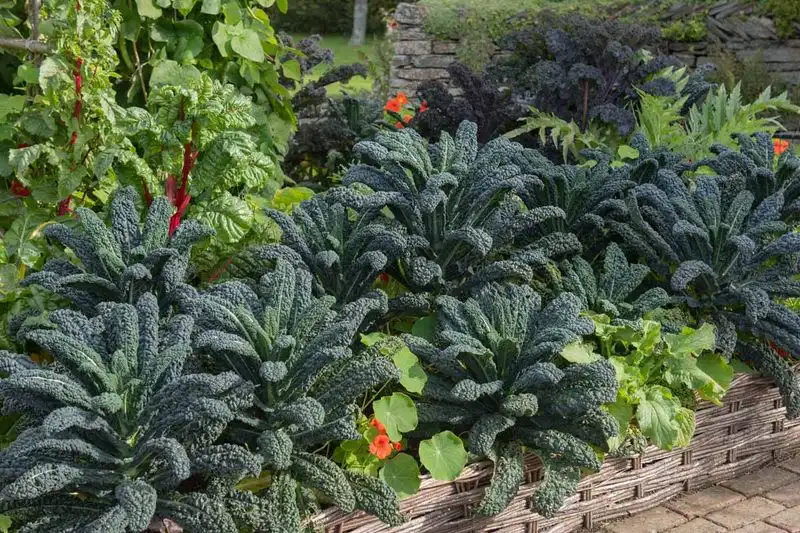
Kale and potatoes form a resilient pairing that thrives on mutual benefits. Potatoes help break up the soil, allowing kale to establish strong roots. Meanwhile, kale’s dense foliage can help shade the soil, conserving moisture for both plants. This relationship ensures robust growth and healthier harvests. Many gardeners appreciate this combination for its ability to maximize the use of garden space. The partnership between kale and potatoes showcases the ingenuity of nature in fostering growth and productivity. This duo is a favorite among those seeking a sustainable gardening approach.
Squash and Beans
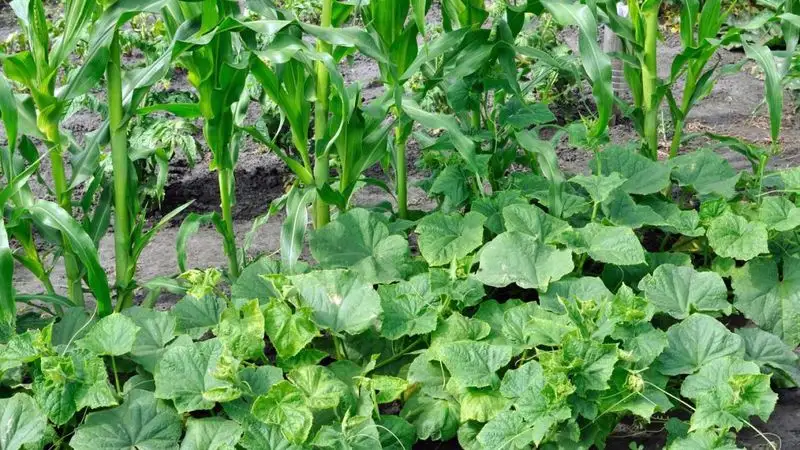
Squash and beans create a garden partnership that enhances both plants’ growth. Beans climb, using the sturdy squash plants for support, which benefits both. As beans fix nitrogen into the soil, squash gets the nutrients it needs for vigorous growth. This symbiotic relationship results in healthier plants and increased yields. Gardeners have long recognized the benefits of this pairing, finding it to be a productive and efficient use of space. The combination of squash and beans demonstrates how nature’s wisdom can lead to bountiful harvests with minimal effort.
Eggplants and Amaranth
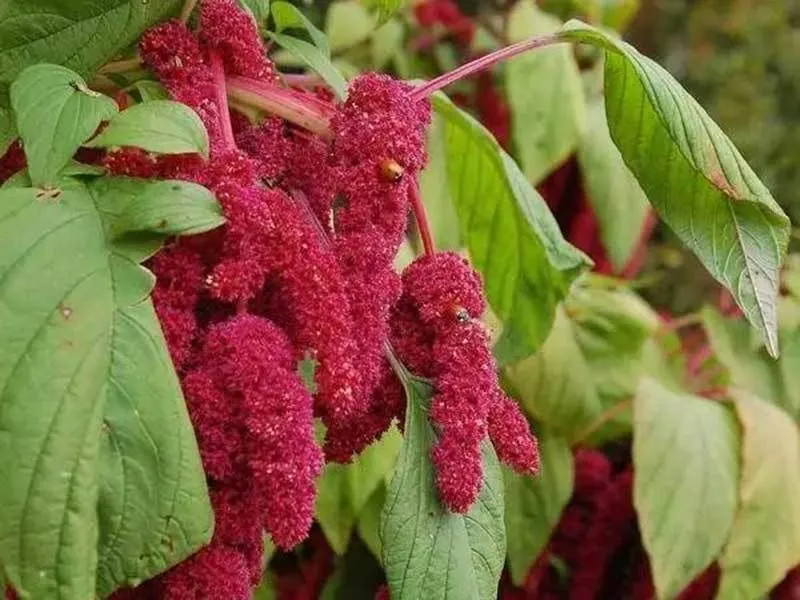
Eggplants and amaranth form a striking pair that thrives on companionship. Amaranth’s tall stature provides shade for eggplants, helping to maintain soil moisture and reduce stress. This mutual support leads to healthier and more productive plants. Gardeners often find that when planted together, eggplants yield more fruit, thanks to the protective presence of amaranth. The combination of these two showcases the beauty and effectiveness of cooperative planting. This duo is a testament to the power of nature’s partnerships in achieving sustainable and fruitful gardens.
Leeks and Celery
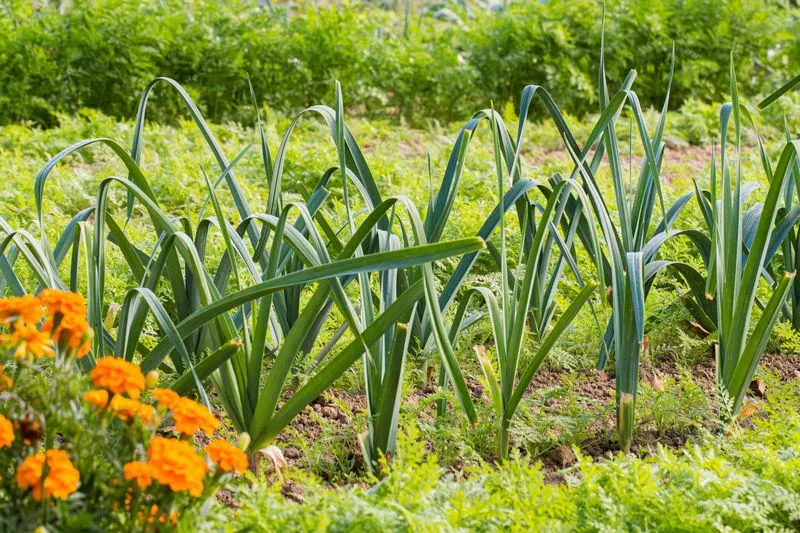
Leeks and celery, both aromatic plants, enhance each other’s growth in a garden setting. Their combined scents deter pests, creating a natural protective barrier. This partnership leads to healthier plants and increased yields. Gardeners often notice that when these two are planted together, they experience fewer pest problems and more robust growth. The combination of leeks and celery highlights the advantages of strategic planting in achieving a thriving garden. This pairing is a favorite among those seeking to maximize their garden’s potential naturally and efficiently.

